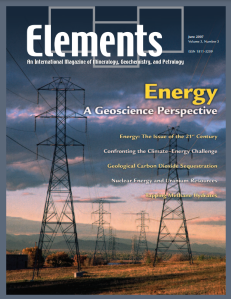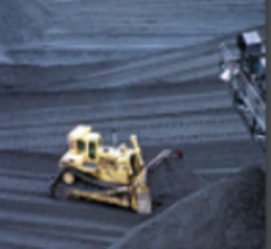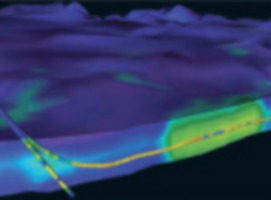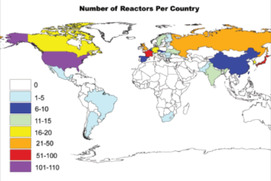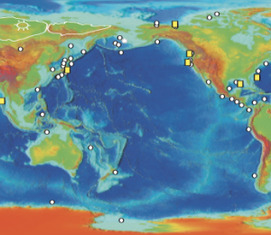
Energy: A Geoscience Perspective
Allison M. Macfarlane – Guest Editors
Table of Contents
The issue of energy resources in the future will be one of the most impor- tant in the 21st century. Future cli- mate change and the ways to abate it while still supplying needed energy will impact future political relations, world economics, human health, and the environment. Earth scien- tists have much to add to the debate, but are often not heard. This issue will provide a geologic perspective on some of the issues and offer some potential solutions to the problems. Detailed discussions include issues of climate change, geologic seques- tration of carbon dioxide from fossil fuel plants, natural gas resource expansion via methane hydrates, and the potential uranium resource for nuclear energy.
Energy: The Issue of the 21st Century
Confronting the Climate–Energy Challenge
Geological Carbon Dioxide Sequestration
Nuclear Energy and Uranium Resources
Tapping Methane Hydrates for Unconventional Natural Gas
American Geophysical Union
CrystalMaker Software
Excalibur Mineral Corporation
Hudson Institute of Mineralogy
Institut national de la recherche scientifique
International Kimberlite Conference
Materials Data (MDI)
Meiji Techno America
PANalytical
Rigaku
RockWare
Schlumberger Water Services
Thermo Fisher Scientific
v3n4 Frontiers in Textural and Microgeochemical Analysis
Guest editor: Dougal A. Jerram (University of Durham) and Jon P. Davidson (Durham University)
Recent advances have been made in high-resolution in situ methods to image mineral growth pat- terns, analyse compositional and isotopic zonation, and improve our ability to visualize, study, and model rock textures in three dimensions. These advances pro- vide a significant step forward in the understanding of how rocks form and the history they can tell us. Computer-aided reconstructions and 3D modelling of textures, advanced models of crystallisation and very high-resolution sampling of within-crystal geochemical variations are at the frontiers of current studies in igneous petrology. This thematic issue will highlight the integration of textural and geochemical information as a powerful tool in the understanding of igneous rocks, and will provide examples that researchers in other disciplines may use to further advance their studies.
Frontiers in Textural and Microgeochemical Analysis Dougal A. Jerram (University of Durham) and Jon P. Davidson (Durham University)
3D Analysis of Rock Textures: Quantifying Igneous Microstructures Dougal A. Jerram (Durham University) and Michael D. Higgins (Durham University)
Igneous Textures: On the Kinetics behind the Words Taber G. Hersum and Bruce D. Marsh (Johns Hopkins University)
Isotopic Microsampling of Magmatic Rocks Jon P. Davidson (Durham University), Daniel J. Morgan and Bruce L.A. Charlier
Crystal Zoning as an Archive for Magma Evolution Catherine Ginibre (Université de Genève), Gerhard Wörner and Andreas Kronz (Universität
Göttingen)- Measuring Timescales of Magmatic Evolution Simon Turner and Fidel Costa (Macquarie University)
- Zircon – Tiny but Timely (February 2007)
- On the Cutting Edge: Teaching Mineralogy, Petrology, and Geochemistry (April 2007)
- Energy: A Geoscience Perspective (June 2007)
- Frontiers in Textural and Microgeochemical Analysis (August 2007)
- Critical Zone: Where Rock Meet Life (October 2007)
- Medical Mineralogy and Geochemistry (December 2007)
Download 2007 Thematic Preview


